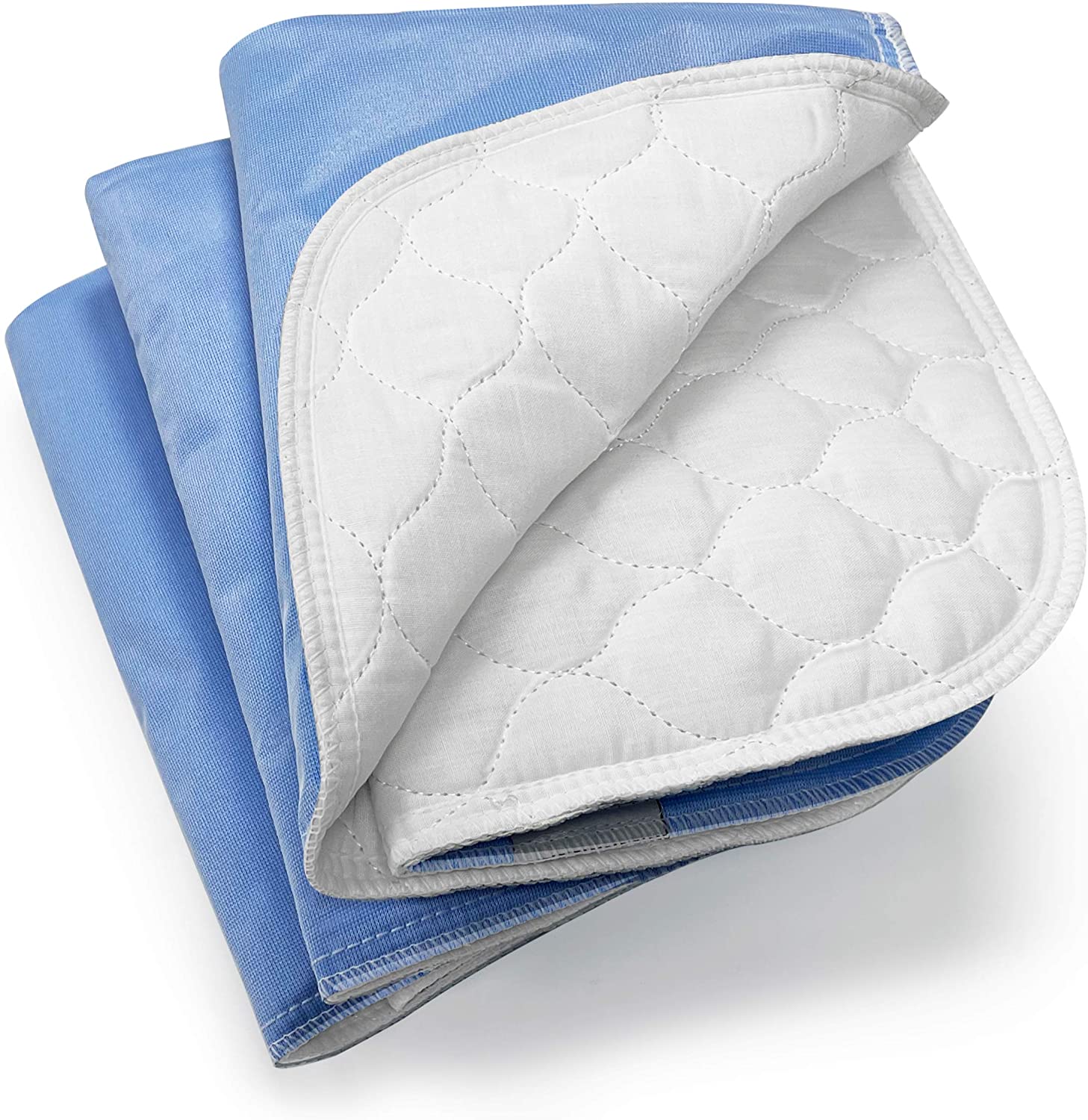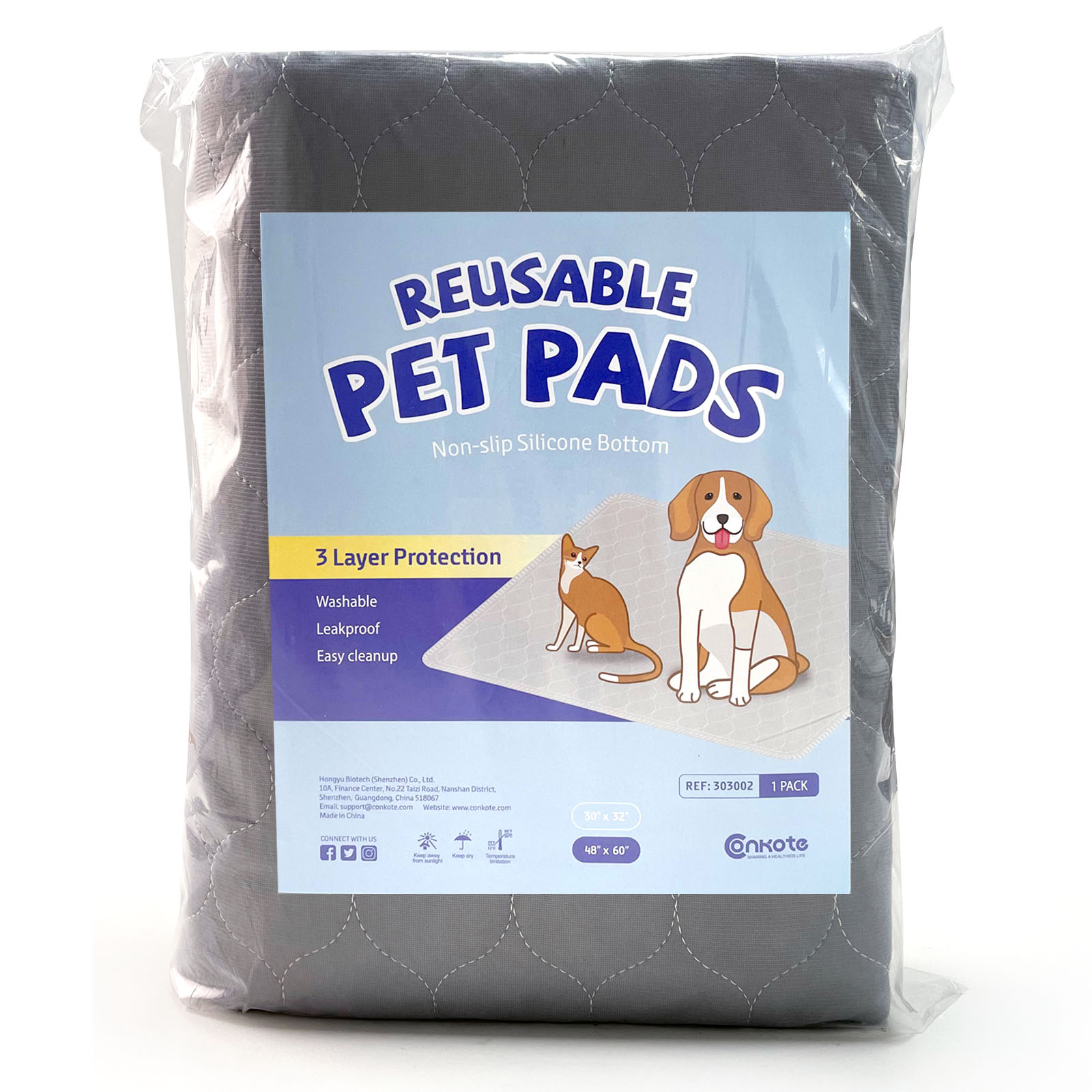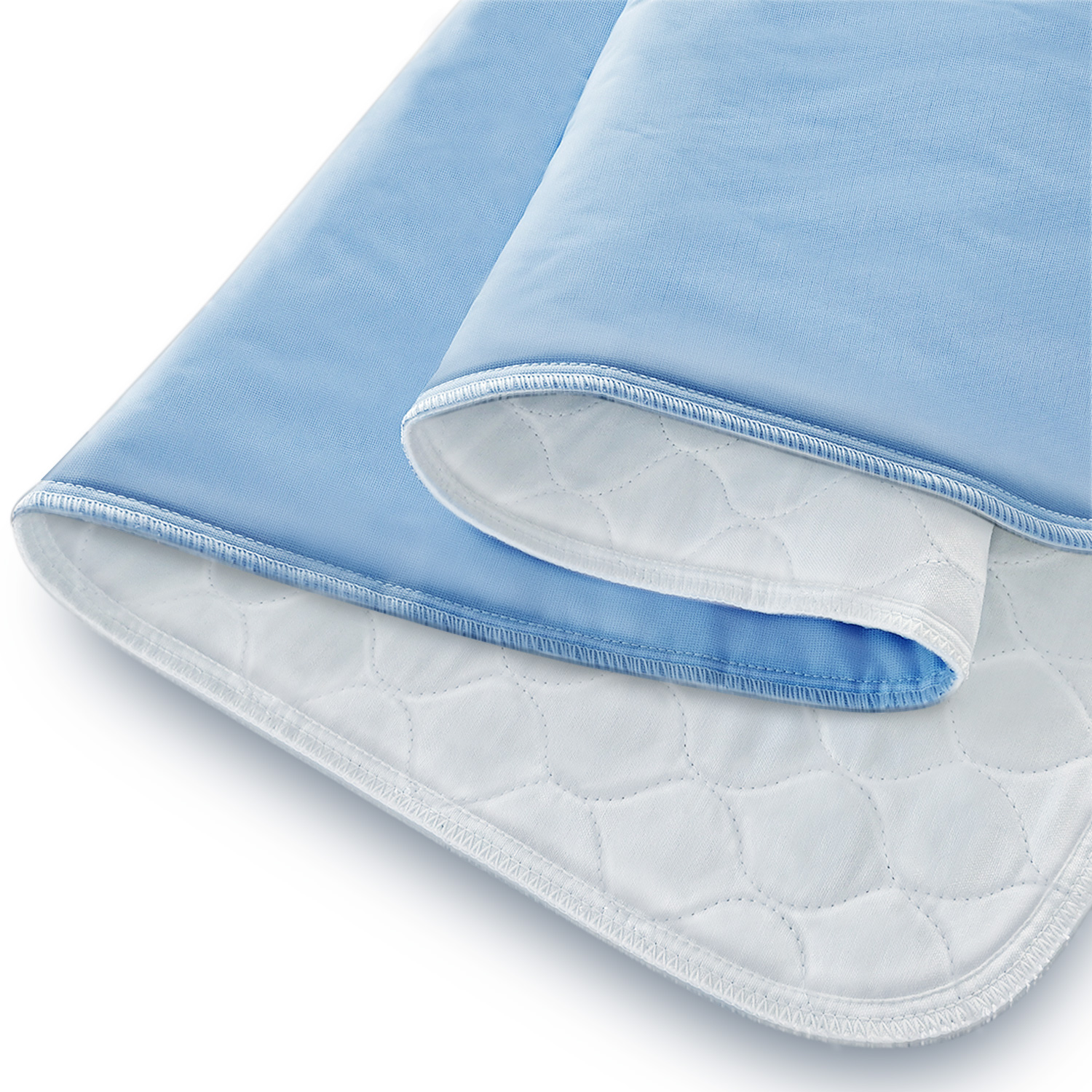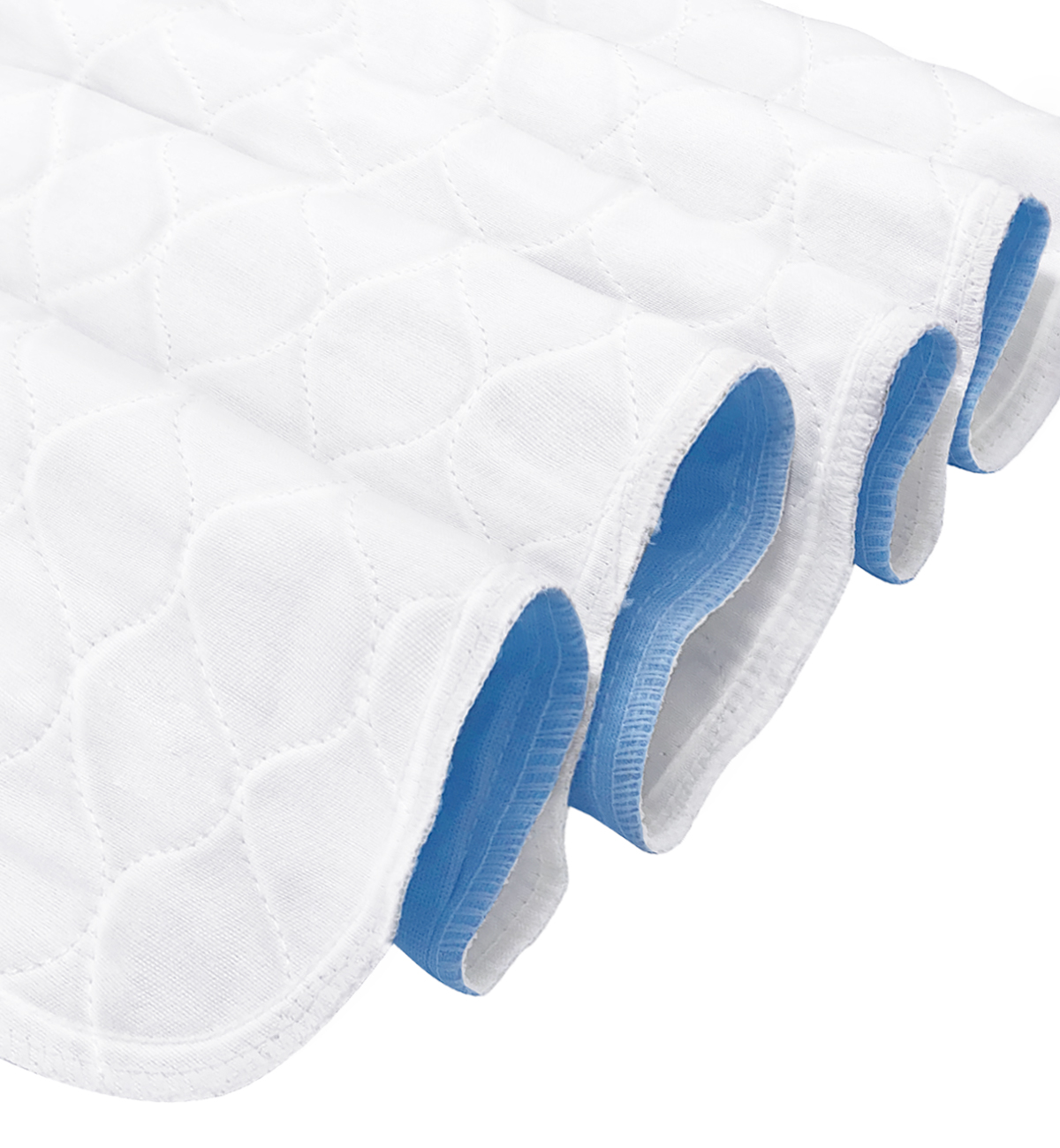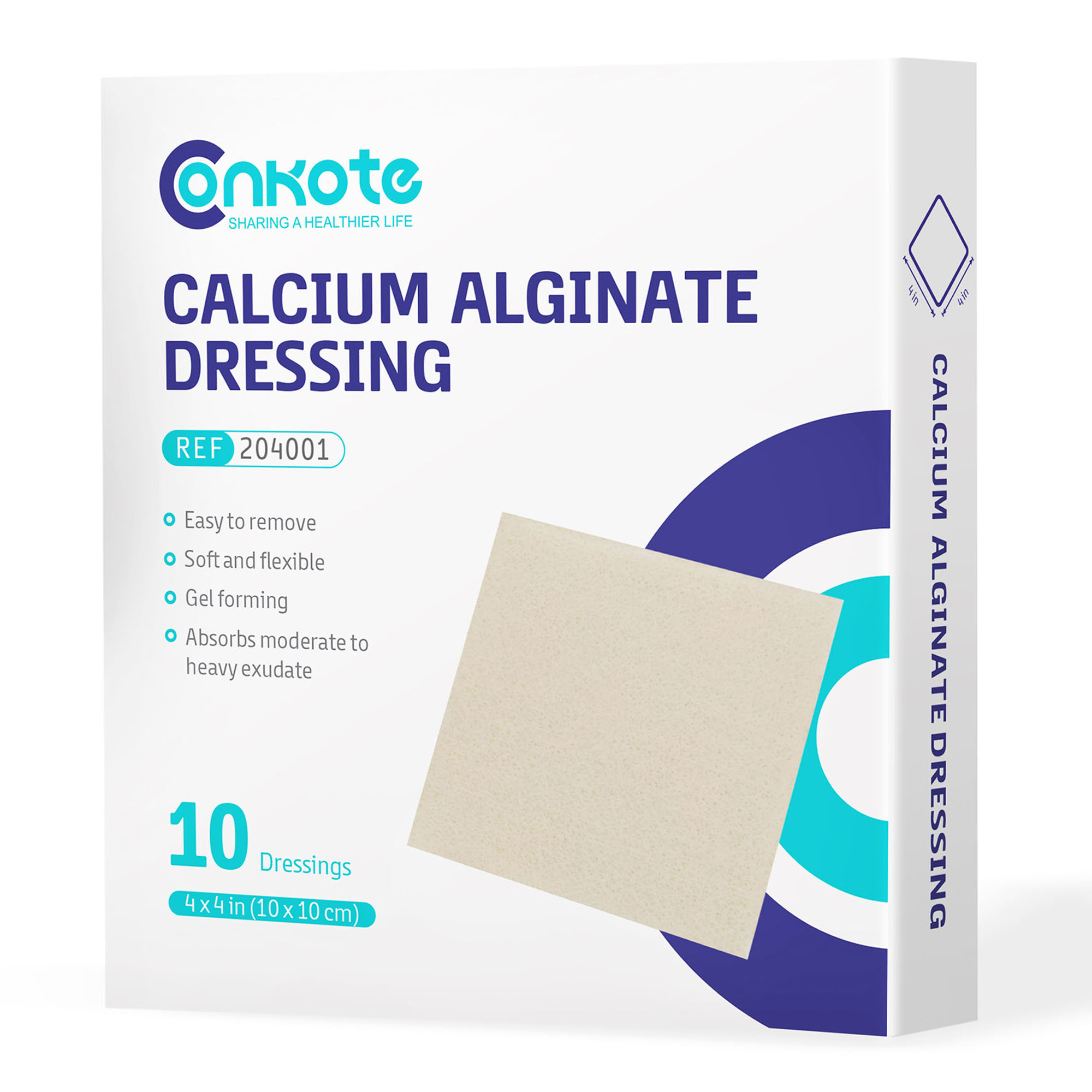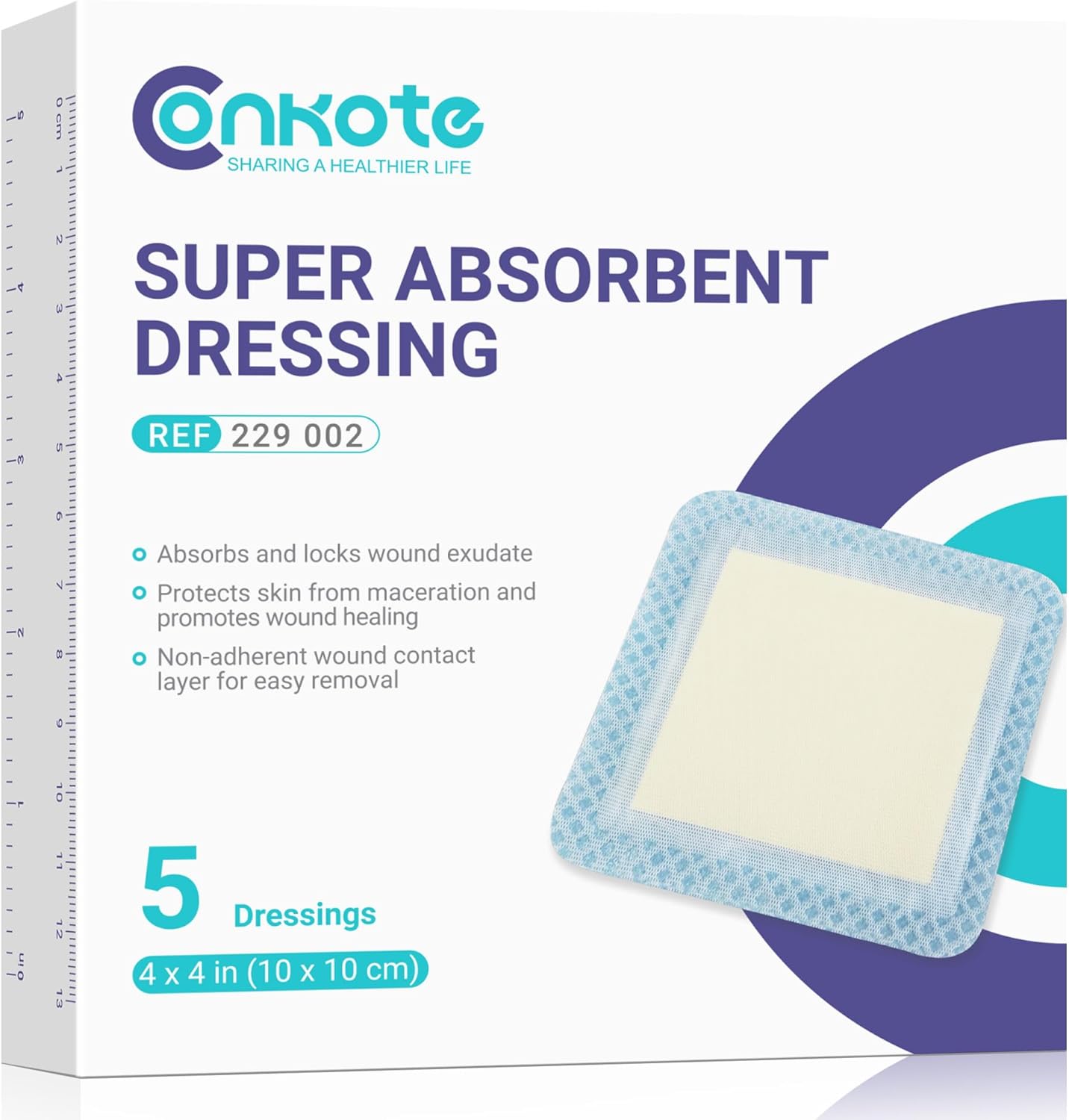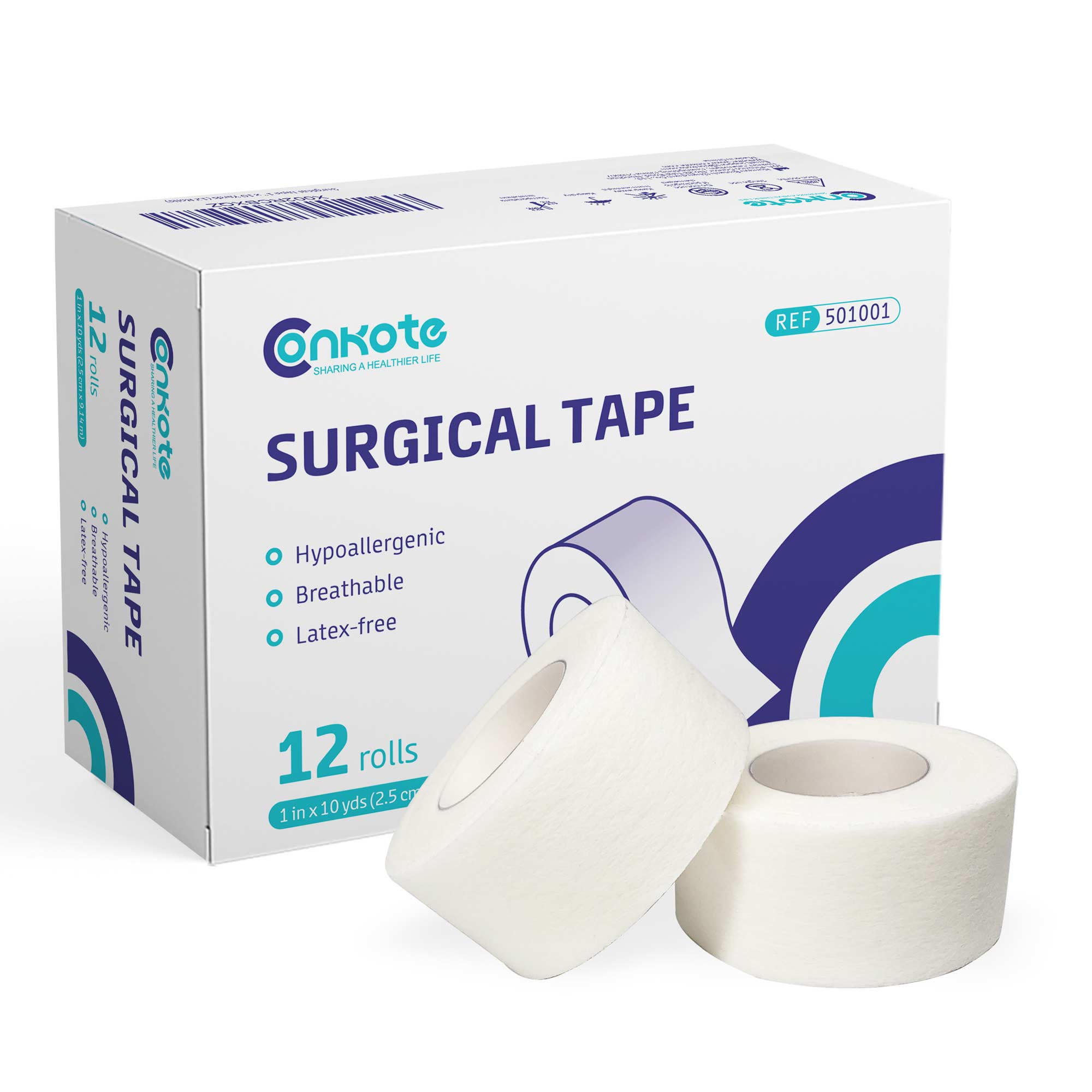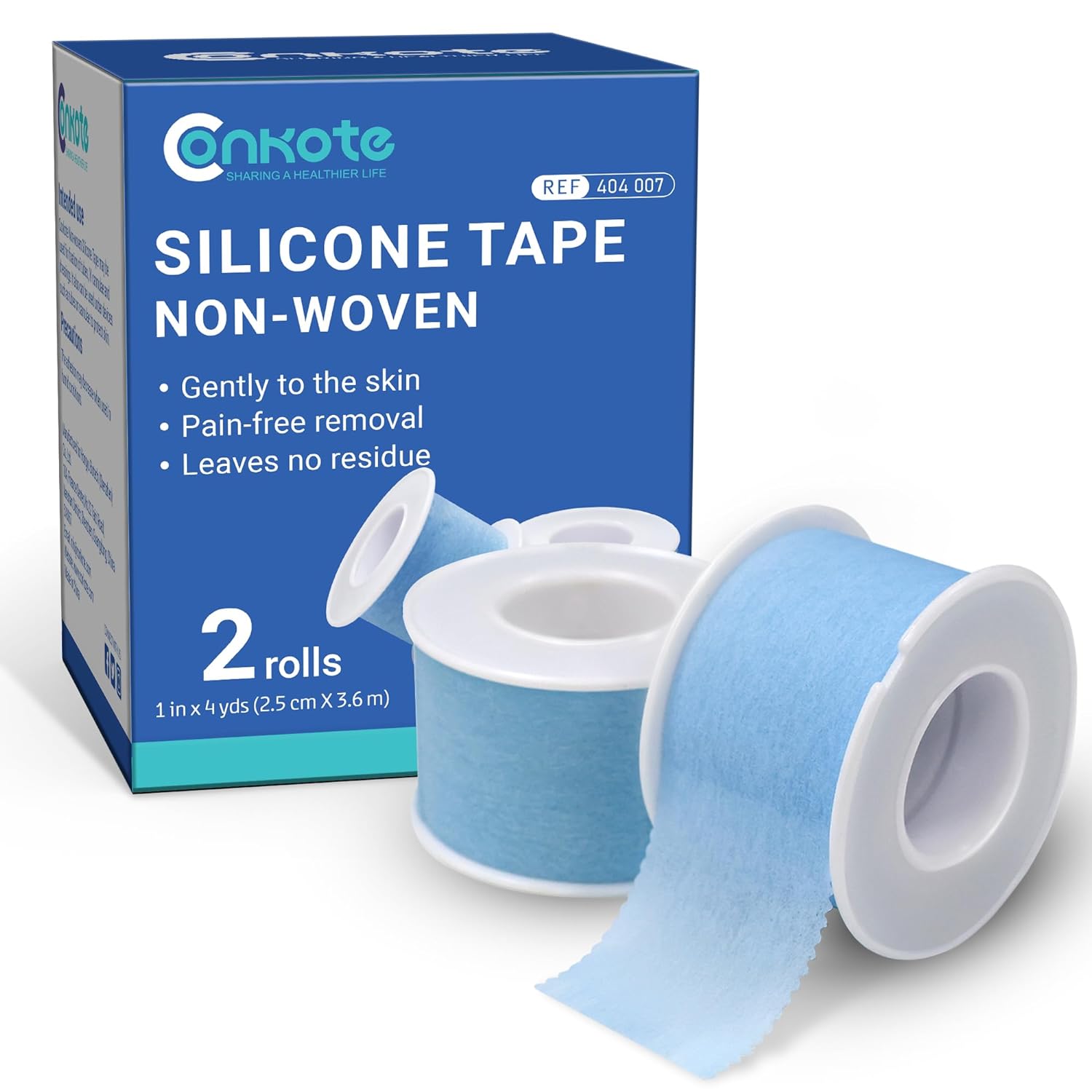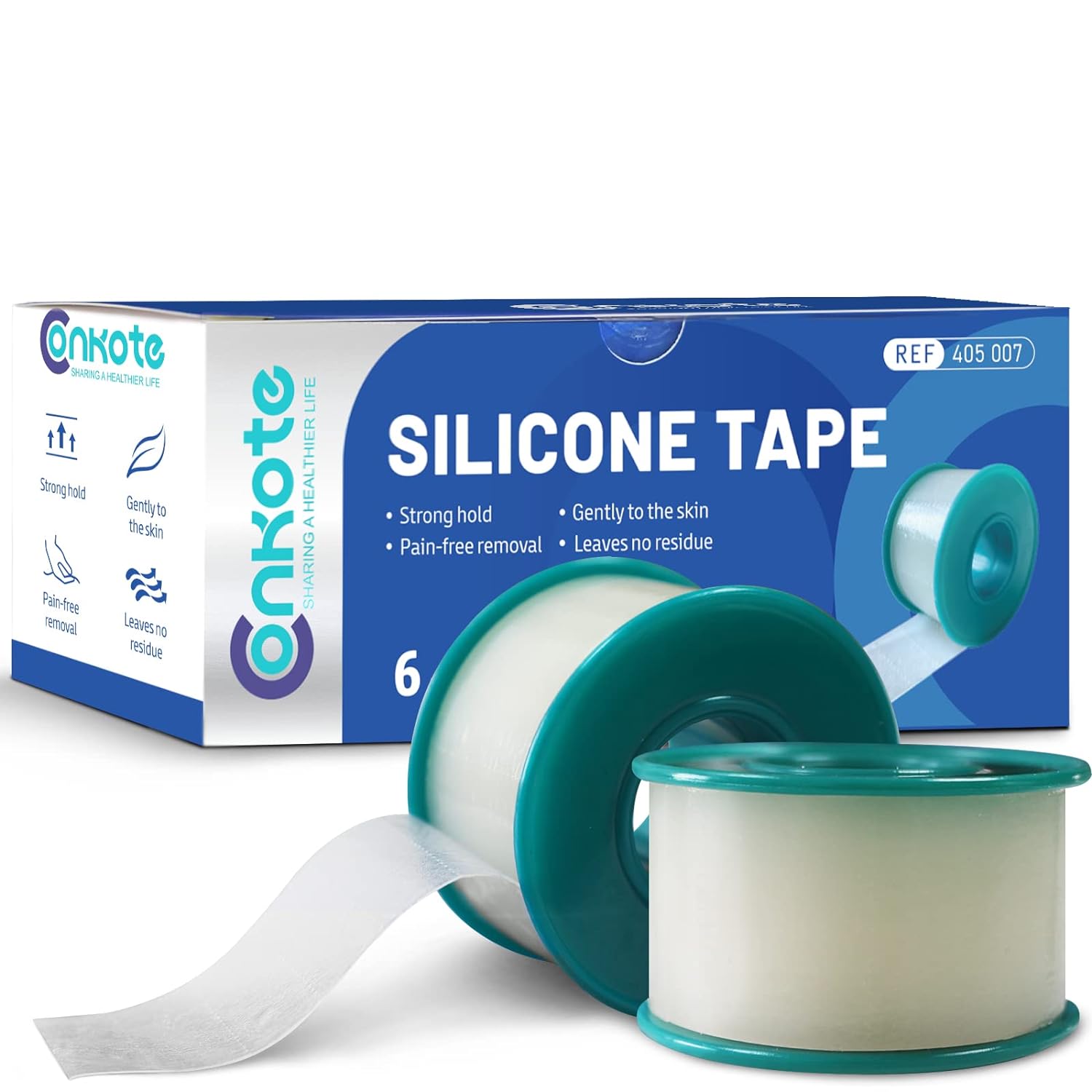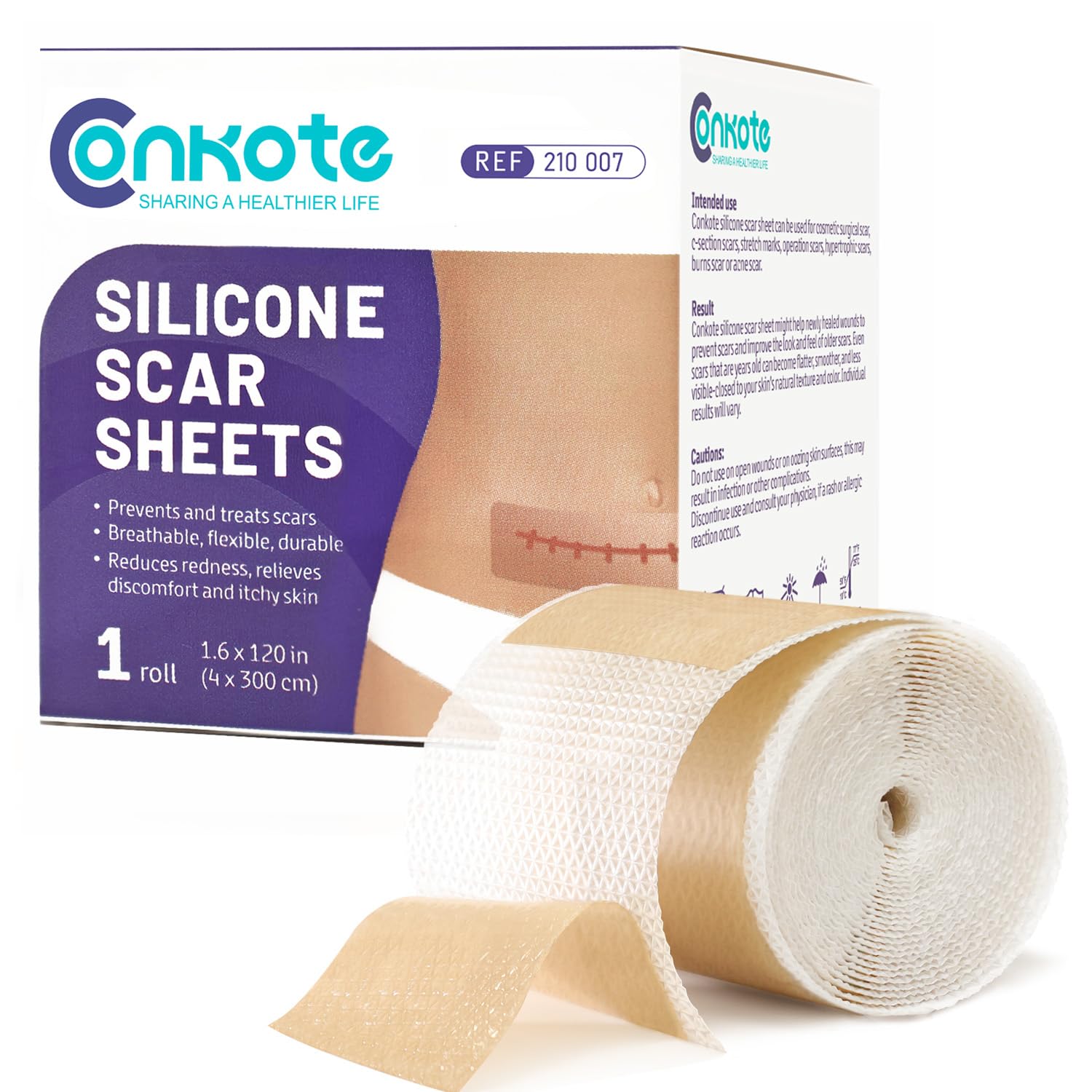What is a Self-Adhesive Bandage?
2024-09-06 2024-09-06 17:46What is a Self-Adhesive Bandage?
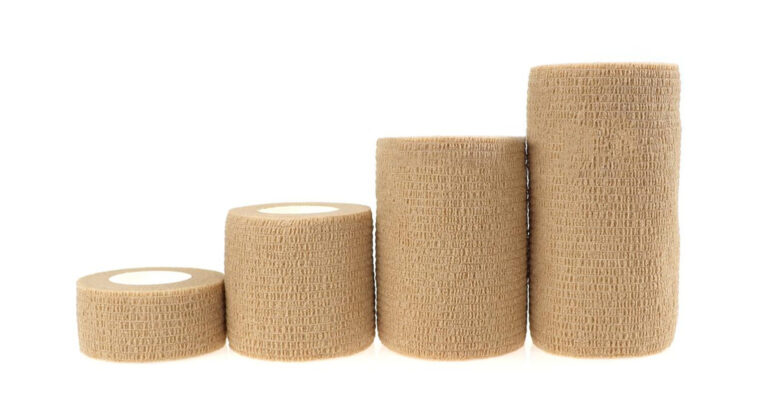
What is a Self-Adhesive Bandage?
Self-adhesive bandages are sporty bandages that stick well to the skin but not to hair. They are commonly used to provide compression, support, and cover for wounds. A self-adhesive bandage is made of non-woven fabric and elastic fiber. The unique weaving method gives the surface an uneven texture. However, this texture allows the bandage to stretch up to twice its length without losing its elasticity, which can be very helpful when choosing the level of compression needed for your situation. They come in different colors, such as black, blue, pink, and white, which are commonly available in the market.
Features of Self-Adhesive Bandages?
- Self-Adhesive:Self-adhesive bandages can only stick to themselves, not to hair.
- High Elasticity:The elasticity can be adjusted freely to fit the required situation.
- Latex Options:Choose between latex or latex-free options, both guaranteed to be safe and hypoallergenic.
- Soft:Made from non-woven fabric and spandex, the bandage is comfortable and skin-friendly.
- Easy to Tear:The unique fabric design can be torn directly by hand; no scissors are needed.
Uses of Self-Adhesive Bandages:
Wrapping a Sprained Joint: Use self-adhesive bandages around twisted joints, like ankles, knees, or wrists, to keep the joint supported and stable while promoting recovery of sprains, tendons, and ligaments. These bandages are soft, porous, and breathable. They also won’t shrink excessively, allowing for comfortable wear over long periods.
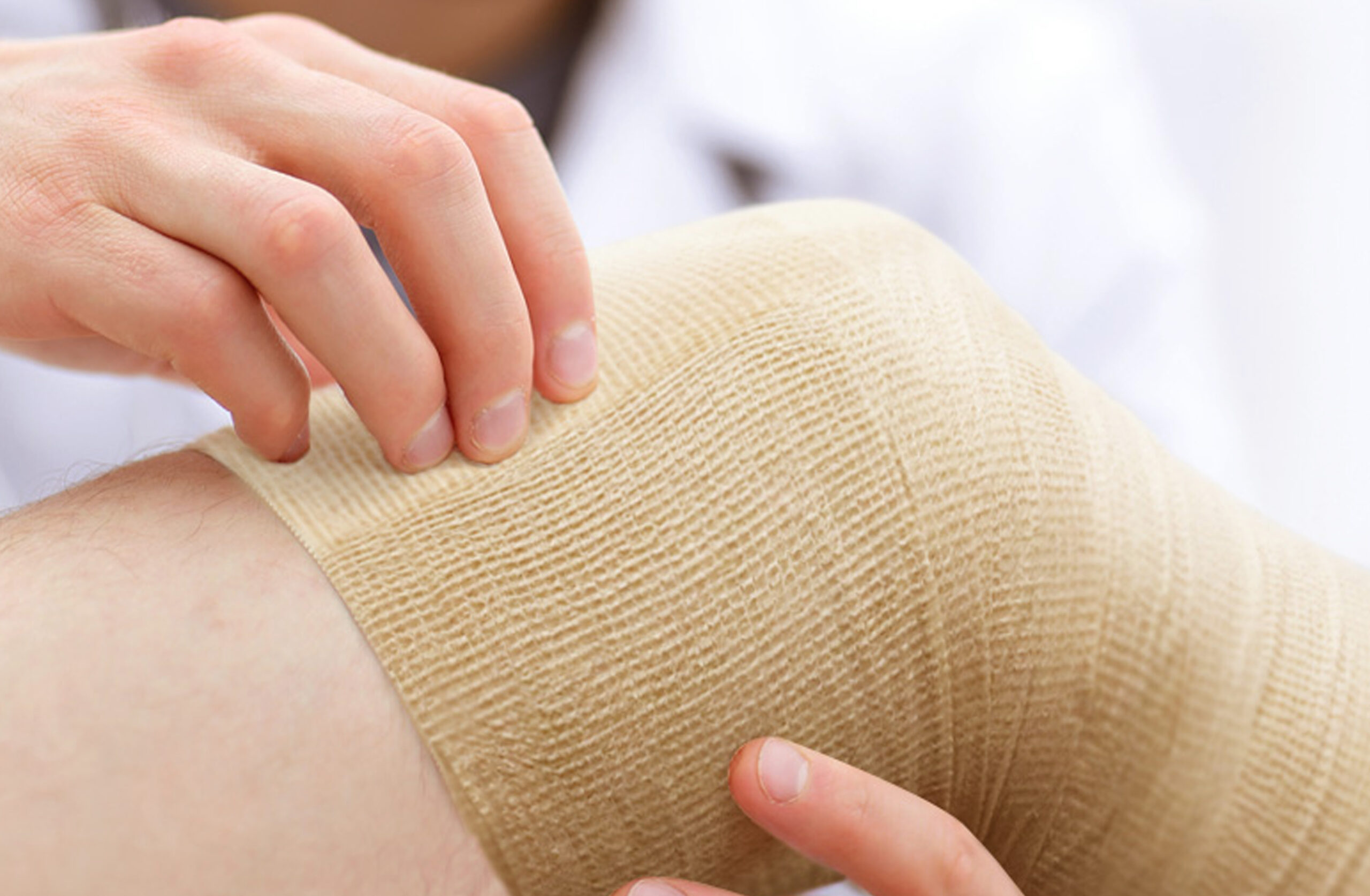
Sports Protection: Self-adhesive bandages are very popular in football due to their great flexibility and have become an excellent alternative to PVC tape for socks. The cohesive bandage holds socks and shin guards in place, offering extra protection for goalkeepers’ hands, fingers, and wrists.
Secure Dressings: These bandages can also secure wound dressings. Simply wrap the bandage lightly around the injured area for good support and immobilization. If the bandage falls off due to external force, it can be reapplied if it is not contaminated with blood, pus, or other bodily fluids. It’s important to note that self-adhesive bandages are not sterile and should not be applied directly to open wounds.
Wrapping Pet Wounds: Since self-adhesive bandages don’t stick to fur, they are ideal for wrapping animals. They are sometimes called “veterinary self-adhesive wrap.” Vets use these bandages on injured animals, like dogs and cats, to protect and support them for healing.
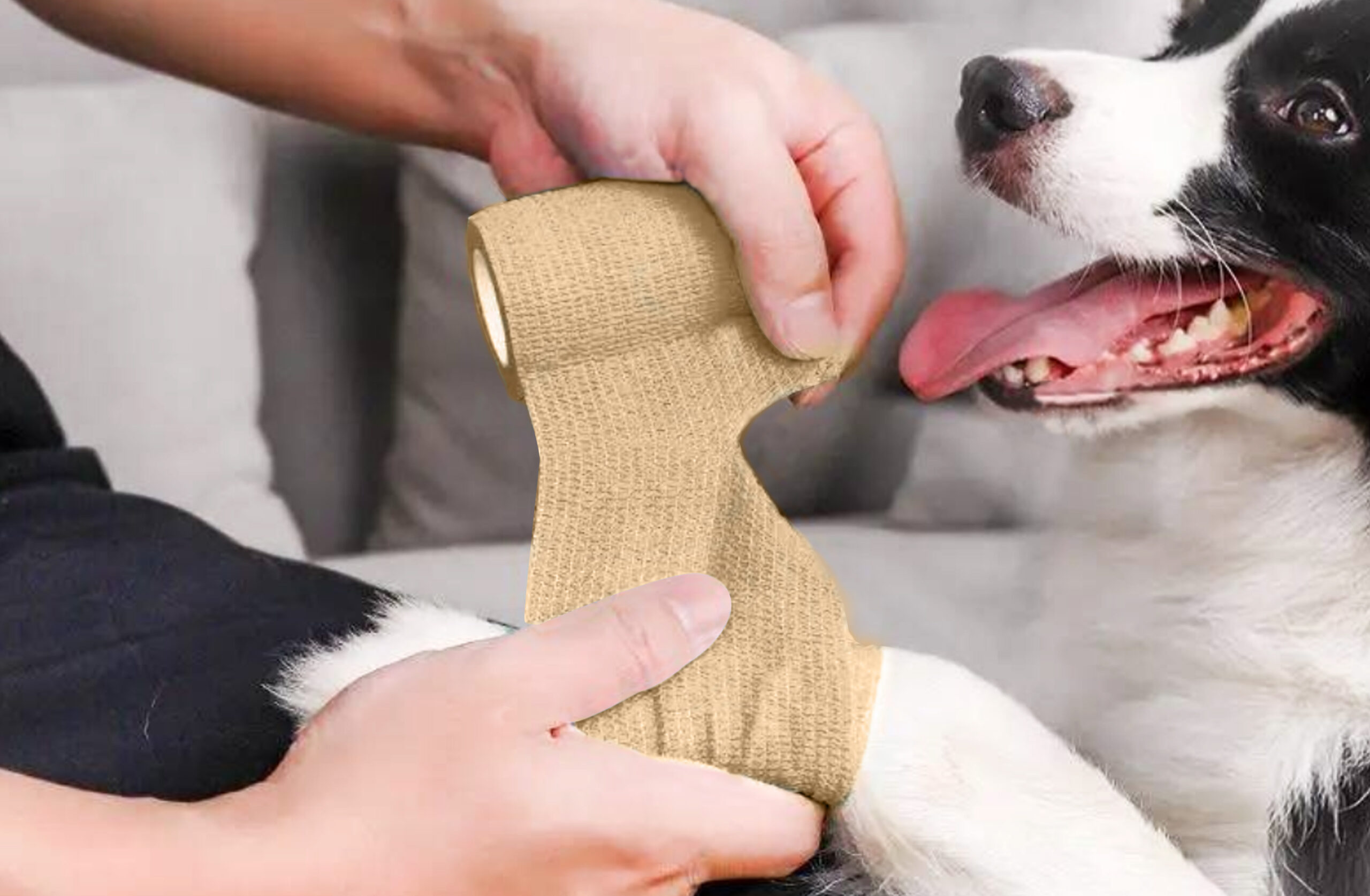
Preventing Calluses: Simply wrap the cohesive bandage around your fingers to protect them from pain, reduce friction with a pen, and prevent calluses.
Shaping Plant Growth: Self-adhesive bandages can be wrapped around objects, including branches, removing the need for complicated rope ties. The cohesive bandage can also help plants grow properly.
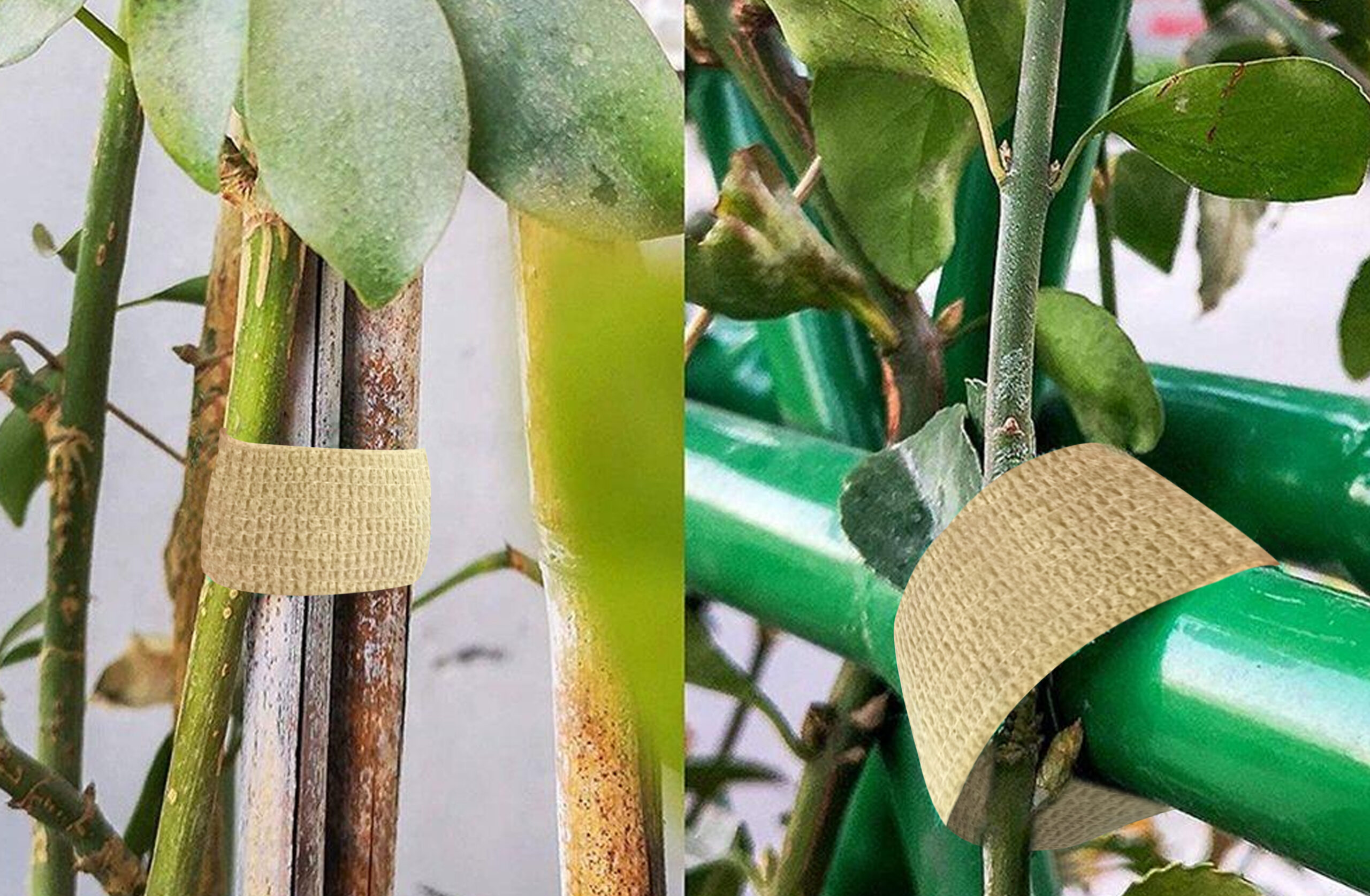
The above examples are just a brief summary. Self-adhesive sports bandages can be used in many areas of our lives. If you want to know more, contact WEMADE.
A Brief Summary of Self-Adhesive Bandage Issues:
Difference Between Self-Adhesive and Adhesive Bandages:
- Self-Adhesive Bandage:A bandage that sticks to itself. There are no visible traces of glue, but it is self-adhesive. It is mainly used as a dressing for larger wounds.
- Adhesive Bandage:Generally refers to a bandage with a small piece of adhesive material. There is glue on one side, and the adhesive part can directly contact the wound. It is used for smaller wounds. Self-adhesive bandages often help wrap dressings for larger wounds and act as immobilizing support. As long as the bandage is not contaminated, it can be repeatedly wrapped over the wound dressing. Adhesive bandages are disposable and used for minor wounds.
How Long Do Self-Adhesive Bandages Last? The lifespan of a self-adhesive bandage depends on several factors:
- Body Location:Cohesive bandages tend to stay in place longer in areas with less movement, sweating, or friction. Bandages on joints subjected to high-intensity exercise may stay on for a shorter time.
- Moisture:Prolonged exposure to water or sweat can make the adhesive loosen.
- Brand Quality:The quality of each roll of cohesive bandage can vary. Some brands produce bandages more resistant to moisture and friction, such as WEMADE, a factory specializing in bandages for over ten years. It offers significant advantages in this regard, with good quality control.
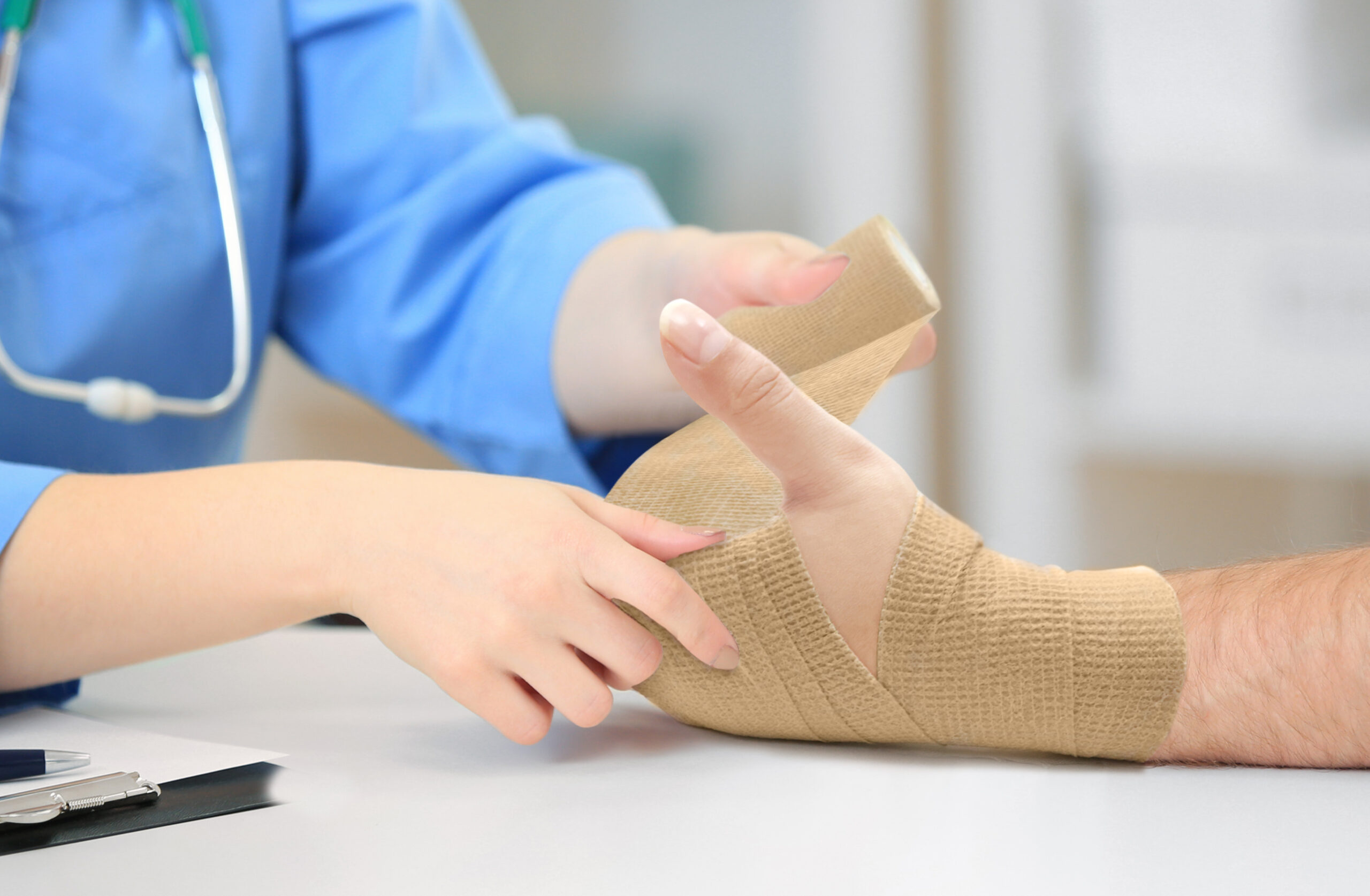
To ensure good results with self-adhesive bandages, we recommend changing them at least every 1 to 3 days. Even if it is still in place, it should be replaced on time to keep the skin clean.
How Long Can Veterinary Self-Adhesive Wraps Be Used on a Dog?
We do not recommend using veterinary self-adhesive wraps on your pet continuously throughout the day. It can be removed at night to let the area rest and then reapplied the next day.
After reading this article, you should have a new understanding of self-adhesive bandages. If you face similar issues, trying a bandage might be the solution to your immediate needs.
Search by Tags
advanced woundcare dressing Bedsores Blood Blood donation chronic decrease Chronic Wound comprehensive guide Conkosil Diabetes diabetes foot diabetes prevention Diabetes,Foot Problems,wound Diabetic foot dog training donation dor pee pads Easy Tips First aid health health life Home Care Ionic Silver Dressin Innovative Technology for Wound Care Lesions Measure a Wound medical tape Moist Wound Healing Negative pressure wound therapy papertape pet care Pressure Ulcers puppy pee pads Self-Adhesive Bandage Skin care tape Tobacco traditional wound care dressing World No Tobacco Day Wound care wound dressing wound healing wound infection wound materials woundmaterials wound type wound vac





